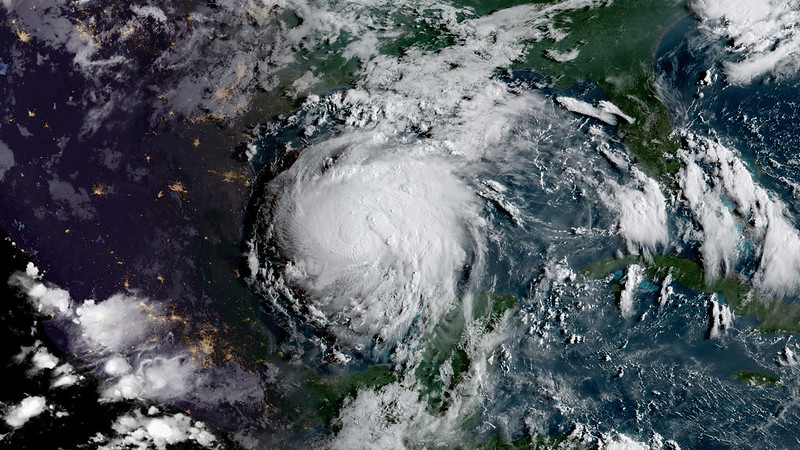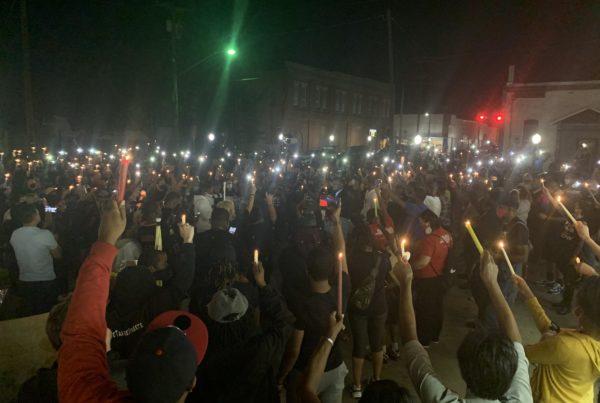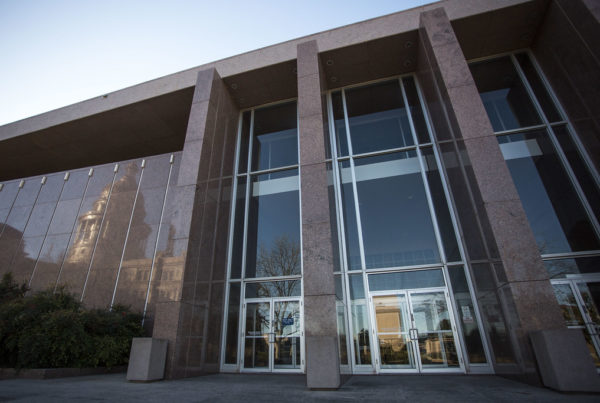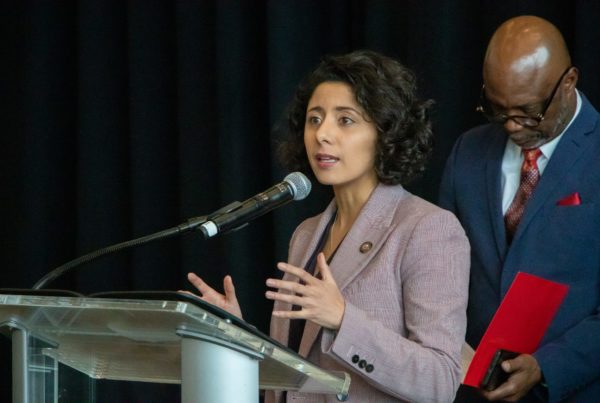Yet another hurricane is moving through the Gulf of Mexico. Hurricane Delta is the 25th named storm of the Atlantic hurricane season – one of the busiest ever.
But there aren’t just more hurricanes forming in the Gulf these days. Storms are also moving more slowly than they used to, drenching areas with rainfall as they linger – much like Hurricane Harvey did in Southeast Texas in 2017.
Kimberly Wood, an assistant professor of meteorology at Mississippi State University, recently wrote about what’s behind that phenomenon. She told Texas Standard that the culprit is climate change.
The wind around a hurricane affects its speed – Wood used the image of a leaf floating on a stream. Wind speed is affected by differences in temperature. The larger the difference between temperatures in a given area the faster the wind speed.
“But if everything’s getting warmer, then the difference between those two places is a little bit smaller, and so the winds will move just a little bit slower,” Wood said.
This phenomenon is not directly related to the recent increase in Gulf hurricanes, but it does mean that there’s a greater likelihood that a slow-moving storm could make landfall.
Wood said Gulf Coast residents should have a general plan in place for flooding, including knowing where refuges are based on how their communities tend to flood. She also recommended residents pay close attention to information from the National Hurricane Center and the National Weather Service during hurricane season.














